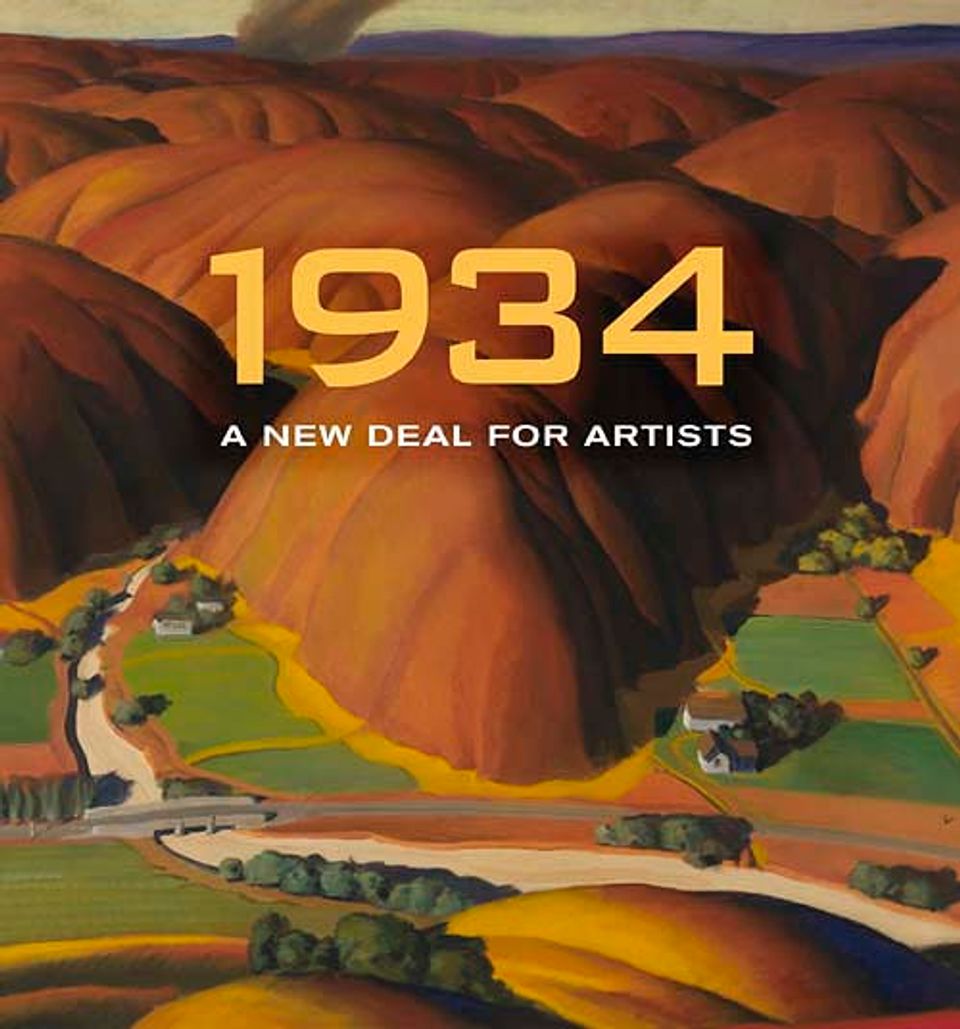Artwork Details
- Title
- Finishing the Cathedral of Learning
- Artist
- Date
- 1934
- Location
- Dimensions
- 40 1⁄4 x 30 1⁄4 in. (102.3 x 76.9 cm.)
- Credit Line
- Transfer from the U.S. Department of Labor
- Mediums
- Mediums Description
- oil on canvas
- Classifications
- Subjects
- Figure group
- Occupation — industry — construction
- Architecture — vehicle — truck
- Cityscape — season — winter
- Allegory — arts and sciences — education
- New Deal — Public Works of Art Project — Pennsylvania
- Object Number
- 1964.1.42
Artwork Description
Artist Harry Scheuch painted the Cathedral of Learning twice for the PWAP. The first image is a close-up view of the masons at work(1964.1.157), while this second painting (1964.1.42) is a more distant view that reveals the horde of workers involved. Together the two paintings tell the story of this mighty undertaking. The forty-two-story structure was not substantially completed until 1937, and some interior work continued for decades after that. Like the Empire State Building and the Golden Gate Bridge, the Cathedral of Learning demonstrated that the Great Depression could not stop Americans from accomplishing great things.
1934: A New Deal for Artists exhibition label














